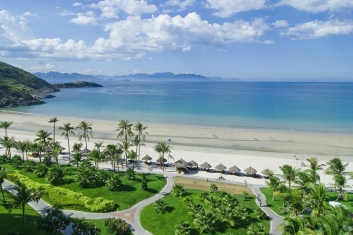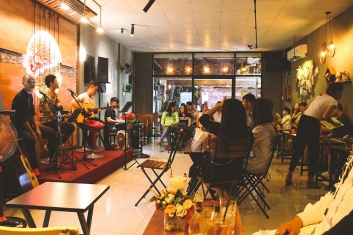![]() Vietnam Travel Guide
Vietnam Travel Guide
Hoi An Old Town – The World Heritage In Vietnam
Hoi An is an ancient Vietnamese town, located at the confluence of Thu Bon River in the coastal plains of Quang Nam Province, about 30km south of Danang. Hoi An has been known in the international market by many different names such as Lam Ap, Faifo, Hoai Pho and Hoi An. Highlighted in the central tourist line, Hoi An old town is a rustic, simple and poetic painting. Whether it is day or night, Hoi An tourism still has its own charms. Join an eco tour in Hoi An so that you can feel safe in the best way!

Best time to travel in Hoi An
The best time to visit Hoi An is from February to April every year, with little rain, pleasant climate. Avoid going in summer because of rising temperatures, very sultry. The rainy season from October to November also has the disadvantage is wet space due to heavy rain.

You should visit Hoi An on the 14th, the lunar month monthly to attend the night old town. On this occasion, you will have a chance to see with your own eyes the red lanterns floating around the city, a unique scene of Hoi An on the occasion. Best time for one of the best destination in Vietnam, this is where you can balance the horizontal lines of living around, giving you the most peaceful and beautiful space.
Transport in Hoi An
Hoi An is fully equipped with convenient transportation such as buses, motorbikes, taxis, etc.
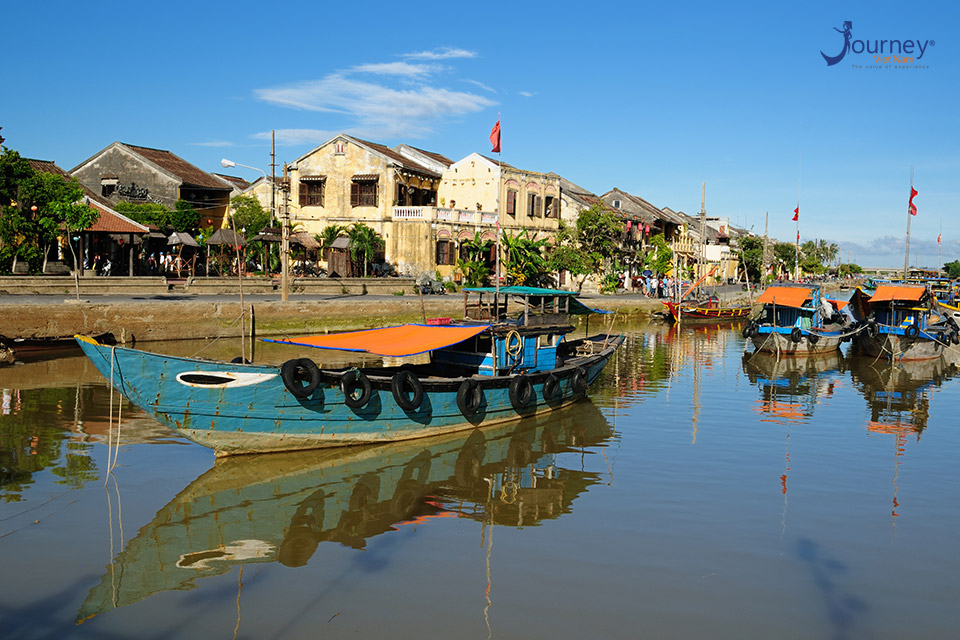
But the most interesting to visit Hoi An is still walking or renting bicycles around the neighborhood to feel the special features of this place. The rent for a bike is 30.000VND / day.
Tourist sites at Hoi An
Hoi An is the only type of traditional Southeast Asian seaport in Vietnam, rarely found in the world. Hoi An retains almost intact over a thousand architectural monuments such as streets, houses, convention centers, communal houses, and pagodas. Ancient temples, ancient wells, ancient tombs … The architecture has both traditional artistic nuances of Vietnam, and show the cultural integration with Eastern and Western countries. Over the centuries, customary customs, rituals, cultural activities, beliefs as well as traditional dishes are preserved and preserved along with generations of the old people. Hoi An also has a clean natural environment, with beautiful small villages, crafts such as carpentry, bronze, pottery, etc
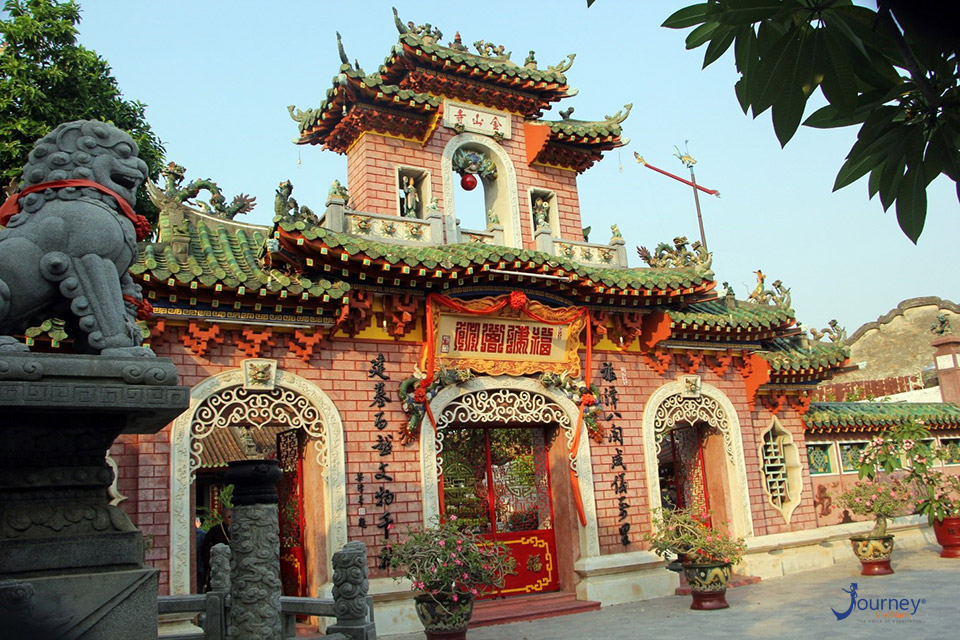
Chùa Cầu (Bridge Pagoda) is the most prominent site of Hoi An. The bridge built in the 17th century by the Japanese should be called the Japanese Bridge. In 1719, Lord Nguyen Phuc Nguyen, when crossing here, named the bridge named Lai Vien Kieu. In the middle of the bridge, there is a small shrine worshiping the Great Emperor.
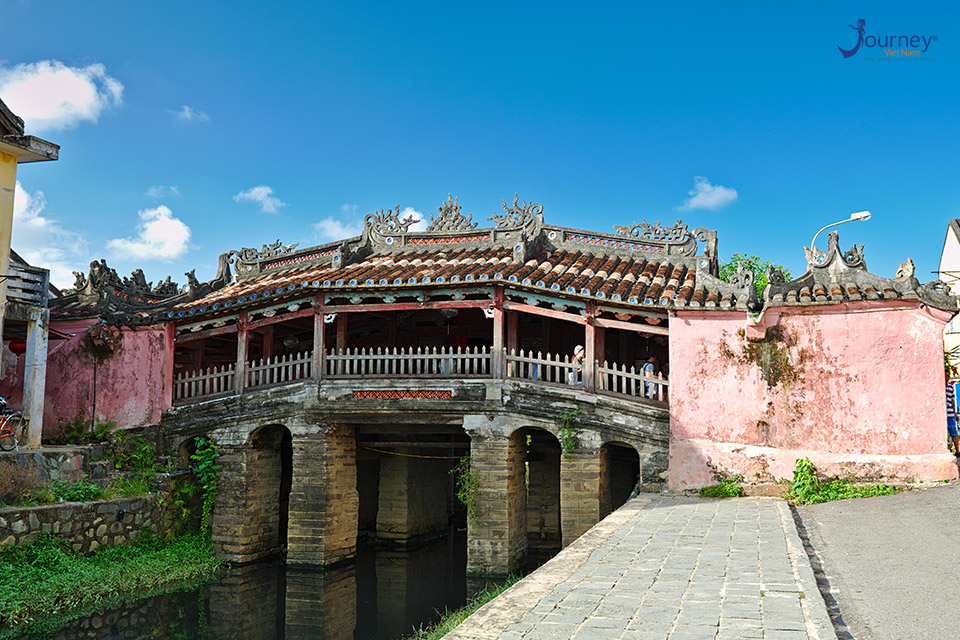
Quan Thang ancient house: dating back more than 150 years, ancient architecture style architecture in China. Over the years, the house is still preserved in the status quo architectural style and interior decoration of the generations of business people who belonged to business class in the former trading port of Hoi An.
Not as dignified as the Ancient Capital of Hue, not as exciting as the Large Market, the traditional place here brings a purity, attracting the romantic fondness of the ancient days! If you want to verify what I just shared, so a Hue city tour will help you validate thatJ!
Copyright © 2016 Journey Vietnam.



